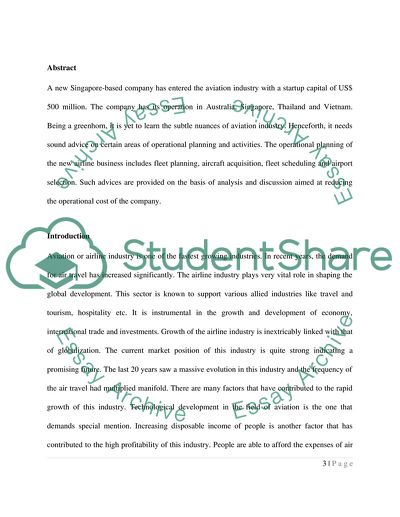Cite this document
(Air Transport - Airline Scheduline Term Paper Example | Topics and Well Written Essays - 2500 words, n.d.)
Air Transport - Airline Scheduline Term Paper Example | Topics and Well Written Essays - 2500 words. Retrieved from https://studentshare.org/engineering-and-construction/1742008-air-transport-airline-scheduling-fleet-planning-and-airports
Air Transport - Airline Scheduline Term Paper Example | Topics and Well Written Essays - 2500 words. Retrieved from https://studentshare.org/engineering-and-construction/1742008-air-transport-airline-scheduling-fleet-planning-and-airports
(Air Transport - Airline Scheduline Term Paper Example | Topics and Well Written Essays - 2500 Words)
Air Transport - Airline Scheduline Term Paper Example | Topics and Well Written Essays - 2500 Words. https://studentshare.org/engineering-and-construction/1742008-air-transport-airline-scheduling-fleet-planning-and-airports.
Air Transport - Airline Scheduline Term Paper Example | Topics and Well Written Essays - 2500 Words. https://studentshare.org/engineering-and-construction/1742008-air-transport-airline-scheduling-fleet-planning-and-airports.
“Air Transport - Airline Scheduline Term Paper Example | Topics and Well Written Essays - 2500 Words”, n.d. https://studentshare.org/engineering-and-construction/1742008-air-transport-airline-scheduling-fleet-planning-and-airports.


